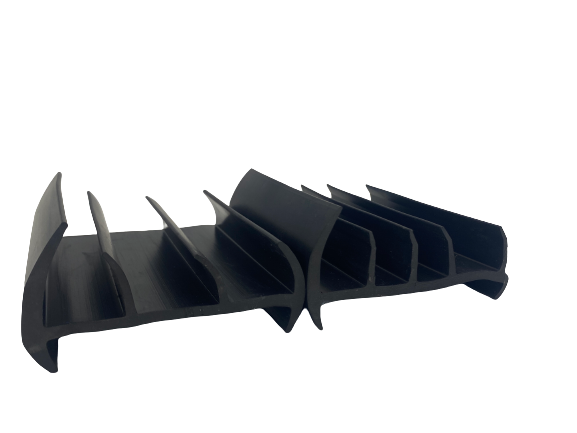Dec . 03, 2024 17:36 Back to list
shower floor sealing strip
The Importance of Shower Floor Sealing Strips Ensuring a Dry and Safe Bathroom
When it comes to bathroom design and functionality, one often-overlooked component is the shower floor sealing strip. While this small yet significant element may not be the first thing that comes to mind, it plays a critical role in maintaining a safe and dry bathroom environment. In this article, we will explore what shower floor sealing strips are, their functions, the materials they come in, installation tips, and maintenance advice to ensure long-lasting effectiveness.
What is a Shower Floor Sealing Strip?
A shower floor sealing strip, often referred to as a shower curb or dam strip, is a barrier typically made of rubber, silicone, or PVC that is installed along the edges of a shower floor. Its primary purpose is to prevent water from escaping the shower area, keeping the surrounding bathroom floor dry. This is especially crucial in preventing slips and falls, which can result in serious injuries.
Functions of Shower Floor Sealing Strips
1. Water Containment The primary function of a sealing strip is to contain water within the shower area. By creating a watertight seal, it ensures that splashes and runoff are kept to a minimum, making the bathroom safer and more comfortable.
2. Mold and Mildew Prevention Bathrooms are notorious for harboring moisture, leading to mold and mildew growth. A properly installed sealing strip can help in preventing water from seeping beneath tiles and into the subfloor, therefore reducing the likelihood of mold growth.
3. Enhanced Aesthetics In addition to its functional benefits, a sealing strip can enhance the overall look of your shower. Available in various designs and colors, it can complement your bathroom décor while serving its purpose effectively.
Materials Used for Sealing Strips
Shower floor sealing strips come in various materials, each having its own advantages
- Silicone Known for its flexibility and durability, silicone sealing strips provide an excellent watertight seal. They can withstand extreme temperatures and are resistant to mold and mildew.
- Rubber Rubber strips are another popular choice due to their resilience and ability to absorb shock. They offer a good grip, making the shower surface safer to walk on while preventing water from escaping.
- PVC Polyvinyl chloride strips are easy to install and maintain. They are resistant to chemicals, UV rays, and moisture, making them a practical choice for many homeowners.
Installation Tips
shower floor sealing strip

Installing a shower floor sealing strip may seem daunting, but with the right approach, it can be a straightforward DIY project
. Here are some tips for successful installation1. Clean and Dry the Area Before installation, ensure that the area where the sealing strip will be placed is clean and dry. Remove any old sealing materials and debris to ensure a proper bond.
2. Measure Correctly Accurate measurements are crucial. Use a tape measure to determine the length needed and cut the sealing strip accordingly.
3. Apply Adhesive If the sealing strip requires adhesive, make sure to apply it evenly along the edge where it will be installed.
4. Press Firmly Once the strip is in place, press it firmly to ensure a solid seal. You may want to use a roller or a flat tool to help secure it.
5. Allow to Set After installation, allow the adhesive to set as per the manufacturer’s instructions, ensuring a long-lasting bond.
Maintenance
To keep your shower floor sealing strips functioning optimally, regular maintenance is key. Here are some tips
- Regular Cleaning Clean the sealing strips regularly to prevent soap scum, mold, and mildew buildup. Use mild detergents or vinegar solutions to maintain their appearance and effectiveness.
- Inspect for Damage Periodically check for any signs of wear or damage, such as cracks or separations. If you notice any issues, consider replacing the strip to ensure continued protection against water leakage.
- Replace When Necessary Depending on usage and the material, sealing strips may need replacement every few years. Keep an eye on their condition, and if they start showing wear, it’s time for a new one.
Conclusion
In summary, shower floor sealing strips are a vital component of any bathroom, contributing significantly to safety, hygiene, and aesthetics. By understanding their importance, selecting the right material, ensuring proper installation, and committing to regular maintenance, homeowners can enjoy a comfortable, dry, and safe bathing experience for years to come. Investing in a quality sealing strip is a small step that can yield great benefits in your home’s bathroom.




